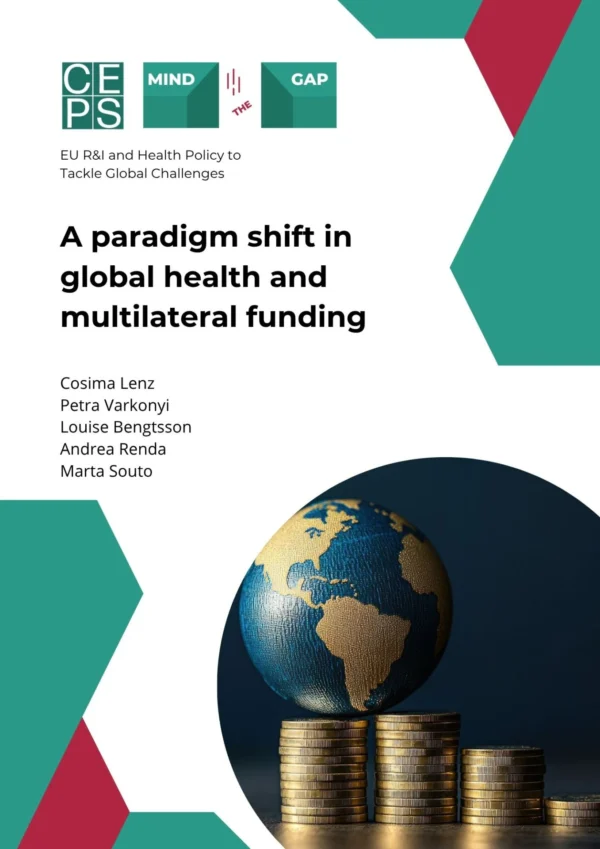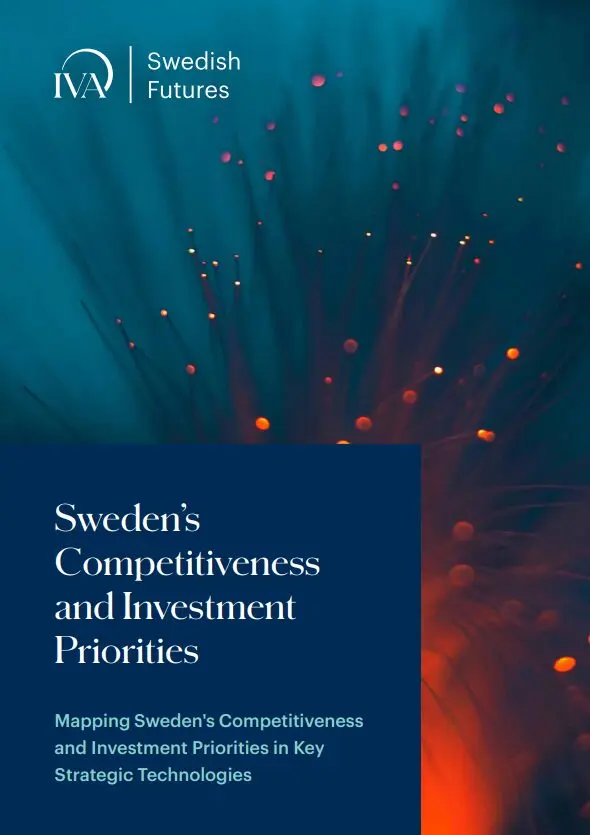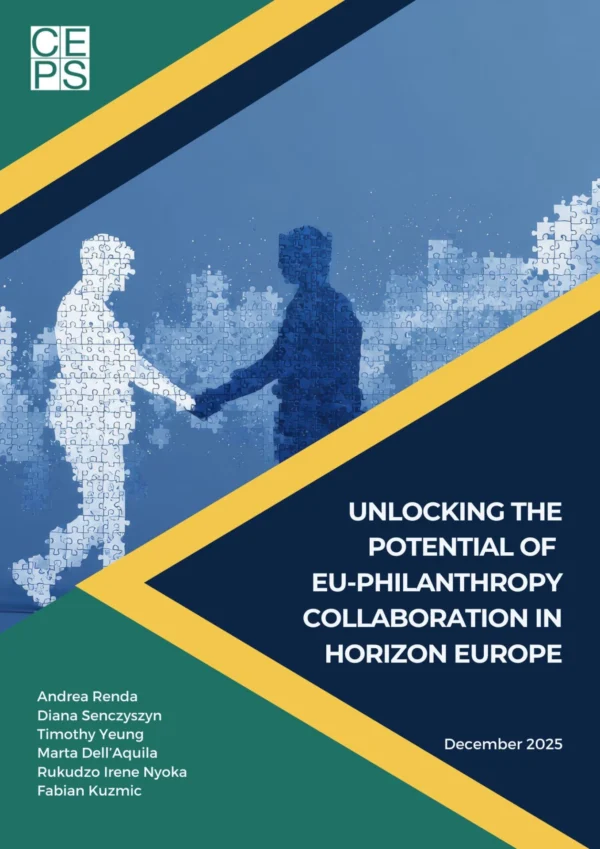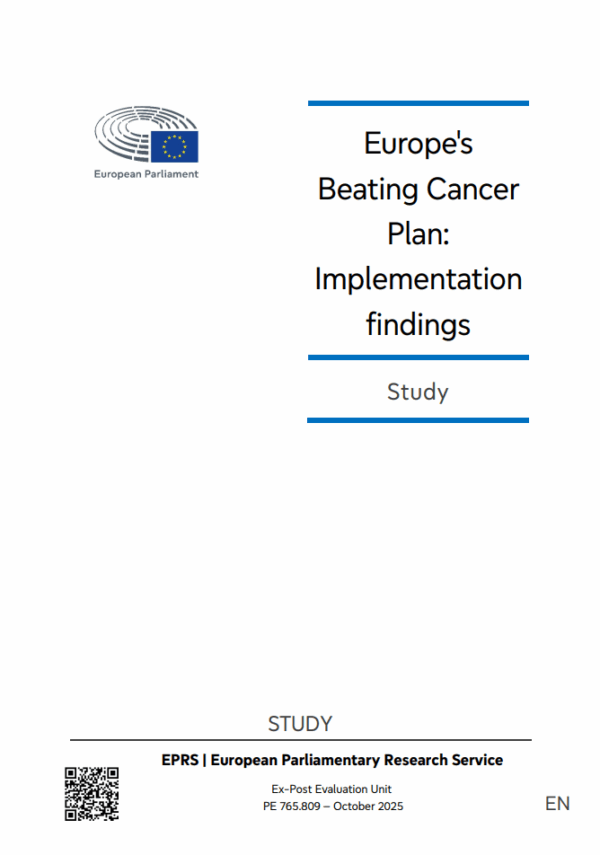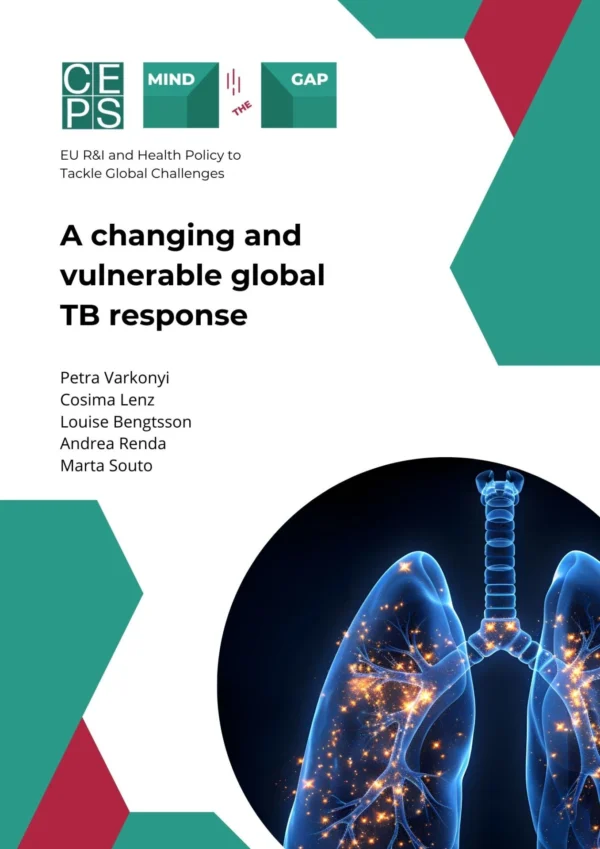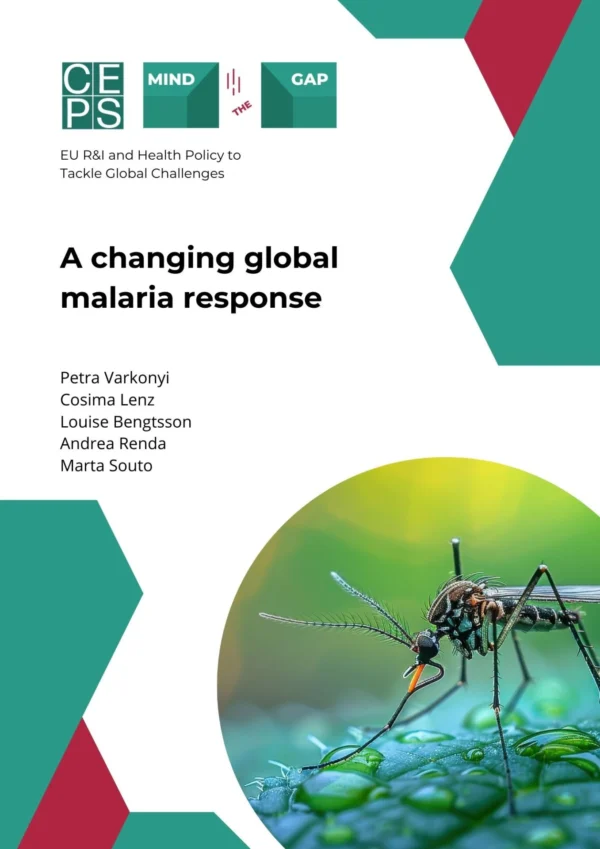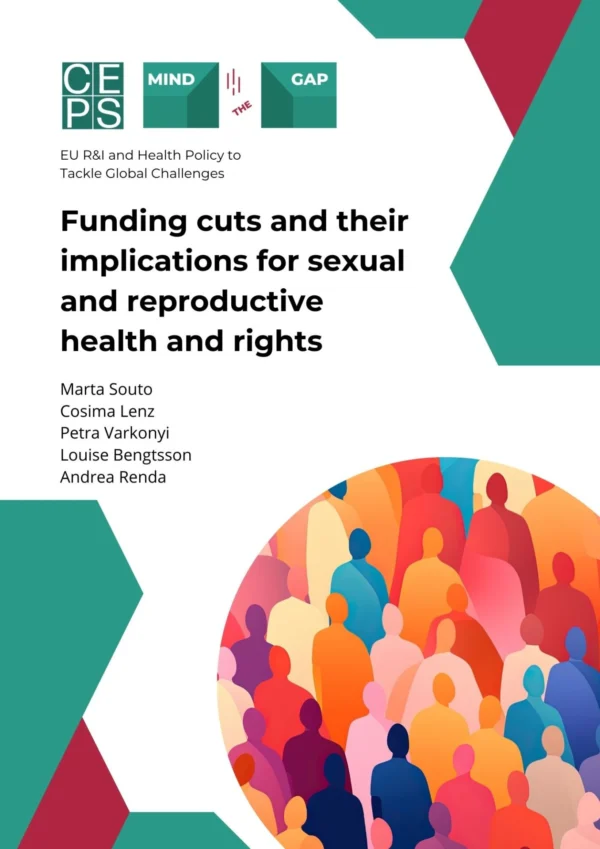Global development assistance has traditionally focused on reducing poverty and boosting economic growth with health as a core area of investment. Over the past decade, however, rising fiscal pressures, geopolitical instability, prolonged conflicts and shifting donor priorities have disrupted this aid landscape. In 2025, global Official Development Assistance (ODA) fell by 9-17 %, with health-related bilateral aid dropping even more sharply by 19-33 %. Major donors such as the US, the UK, Germany and France have cut back significantly. These cuts threaten health systems in low- and middle-income countries (LMICs), risk reversing progress on the Sustainable Development Goals (SDGs), and could result in millions of preventable deaths.
As traditional donors pull back, new players are emerging. Philanthropic foundations, private sector donors, and ‘Global South’ countries are all becoming more active. Reforms to the global health system are underway, with a greater focus on mobilising domestic resources. While some countries have increased domestic health spending, many face budget constraints, competing priorities and limited capacity. Regional and catalytic efforts are also emerging amidst these shifts. The global health landscape is undergoing a fundamental transformation. The challenge ahead is not focused on replacing lost funding but rather to reimagine and rebuild a more resilient, equitable and responsive global health architecture capable of meeting today’s complex realities and tomorrow’s evolving challenges.
The Mind the Gap series was conceived as a platform to assess and reflect on the rapidly evolving global health landscape. It not only examines shifts in financing but also explores the impact on historically high investment areas such as HIV, malaria, tuberculosis, and sexual and reproductive health.
To read all publications in the ‘EU R&I and Health Policy’ series, please click here.
